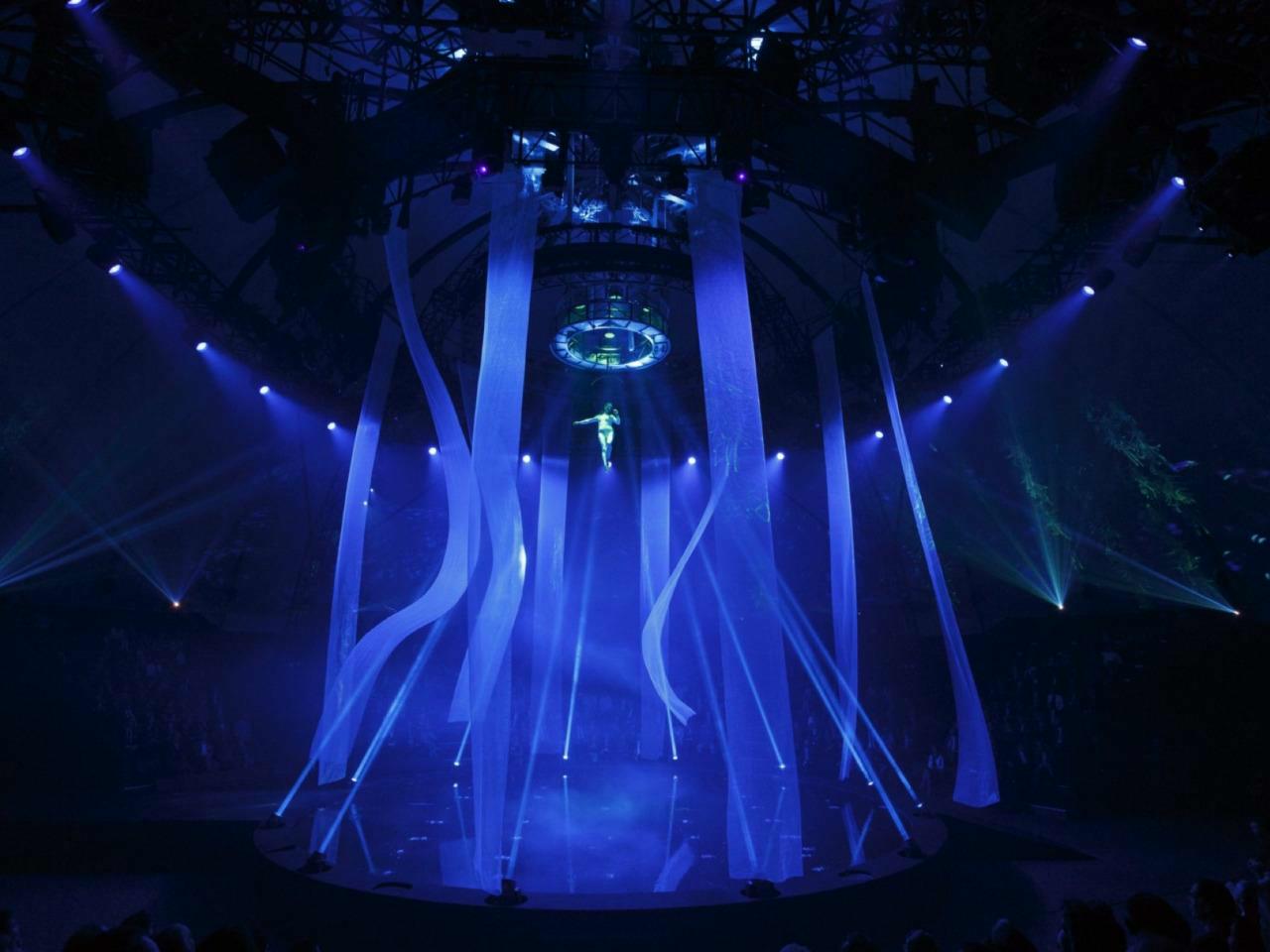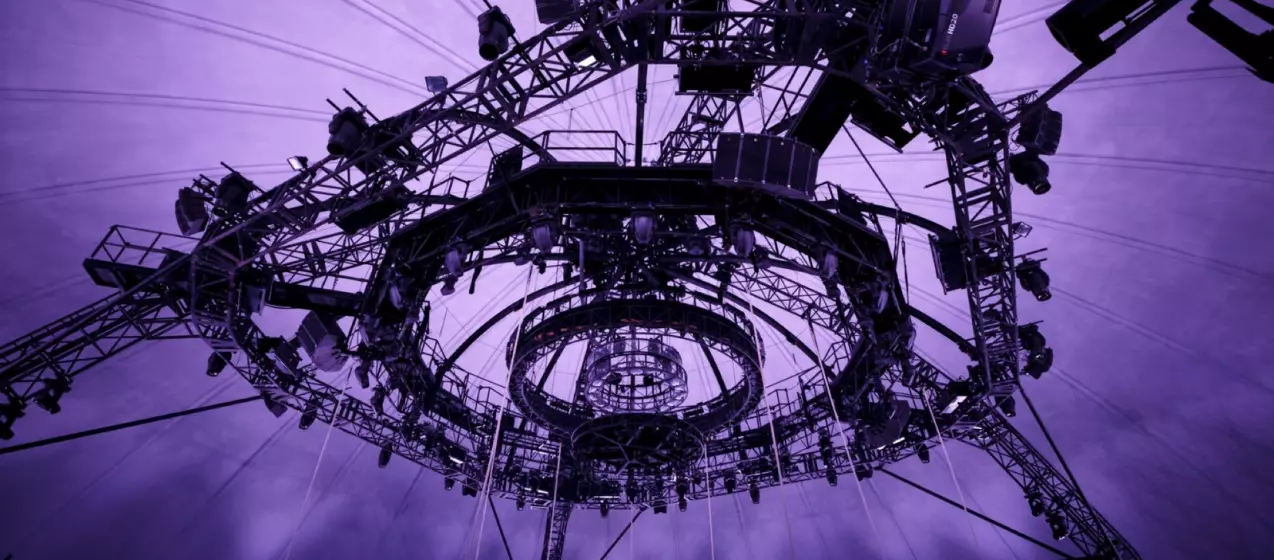Solvay - 150 years 2013
Corporate

150 years ago, Ernest Solvay discovered a new process for manufacturing sodium carbonate using sea salt, ammonia and carbonic acid. In 1863, the young chemist filed his first patent and, with his brother Alfred Solvay, built the first plant near Brussels. Beginning in 1870, Solvay embarked on rapid international expansion, building plants in England, Germany, Russia, and the United States. In 1900, the Solvay process represented 95% of the world soda production.
The Group survived both World Wars, thanks to its family shareholder base and jealously guarded manufacturing secrets. And by the early 1950s, Solvay diversified and resumed their global expansion. Come 2008, Solvay divested its Pharmaceuticals branch to focus on two areas: Chemicals and Plastics. In 2011, Solvay launched a successful friendly takeover bid for Rhodia, a French chemical company. In 2013, the Group, now radically transformed, began a new chapter in its history.
The climax of the anniversary took place October 6-17 2013 at the Group’s headquarters, the Solvay Campus in Brussels. The celebrations consisted of a series of afternoons or evenings gathering 1,000 people at a time to attend a performance illustrating Solvay's identity using the universal language of artistic expression to captivate both eyes and ears.
Key stakeholders, shareholders and personnel from all over the world will be invited to these performances.
Solvay wanted to create a spectacular acrobatic show, telling the story of their 150 year existence.
The Brussels based company Y. Services produced this thrilling spectacle and approached us to be the supplier for the superstructure as well as all flown motion equipment. The plan was to have around 1000 spectators per show, hosted in a temporary 50m diameter domed tent structure, developed by the German company Röder.
Within this dome a superstructure, capable of handling all scenes would be necessary. One of the most demanding acts needed 12 rope artists coming down all together.
As the goal was to make full use of the available circular show space, we developed a state of the art motion controlled system, running on arched beams.
Design
The main structure was fully based on standard WI-towers, interconnected by custom developed interconnections.
The steel WI-tower’s outside dimensions are only 750 x 750mm and its main chords are 60mm square tubing, while all intermediate tubing is Ø48.3mm, making attachment of scenic or production equipment very easy.
Each leg contained one or more height adjustment frames to cope with the sloping field (over 1m difference) and finally was fully levelled out on 8 screw jacks sitting on a standard base pad to spread the ground pressure.
Motion system
The technical heart of the show was the motion system, which was fully integrated in the steel superstructure. Remember the goal was to be able to drop an artist at virtually any position within the main structure? That’s exactly what it does!
This motion system contains 4 major parts; first of all a large curved tracking beam, 3 trolleys, a winch and a chain hoist.
Twelve of these setups were attached to the superstructure. The most visual parts were the tracking beams, they were going from the lower structural circle of the main grid to the top.
Each beam had three trolleys, connected to each other with a cable reel. The top trolley defines the point where the cable was going down. The other two trolleys are used to keep the winch cable close to the beams so it does not obstruct the artist’s movement.
To control the position of the top trolleys on the tracking beam, a chain hoist was used. These chain hoists were installed in hoist trusses. Each of these 4 trusses housed two 250kg hoists and one 500kg hoist, together with its respective controller and chain box. Each hoist chain ran over a pulley system and is connected to a top trolley, serving one of the tracking beams
The trolleys
Three different trolleys ran on each of the 12 tracking beams. The main trolley was attached to the chain hoist and could be positioned anywhere along the beam’s path. The other trolley's automatically followed because of their interconnection by integrated cable reels. The trolleys went back down by their own weight and/or the weight of the artists, even when positioned on the horizontal part of the beam.
To prevent any noisy operation and eccentric movements, the trolleys all had high load plastic wheels on bearing rollers, rolling on the top, the bottom and the sides of the beam’s bottom flange. The top trolley had a hinging pulley that can handle angles of -30° to +30° from vertical, allowing the artists to swing.
The winches
A total of 12 winches (8x 125kg cap. and 4x 250kg cap.) were positioned along the structural circle at 12.4m height. Each winch cable followed a path over multiple diverters, both follower carts and finally went down over the top trolley’s pulley. As such, a maximum of 12 artists could simultaneously launch from the catwalk and fly in any randomly chosen position.
All these elements brought together created a show structure with endless possibilities. Almost any thinkable flying act could be performed!
A maximum of possibilities with a minimum of structure and disturbing elements. The structure was capable of holding all necessary lighting and sound equipment, while the spot platforms were a great location for of course the follow spotters, but also for camera positions. The catwalk was the working area for up to 16 people (performers and a full technical crew). The artists could even stay on the catwalk during the show until it's their time to shine!




